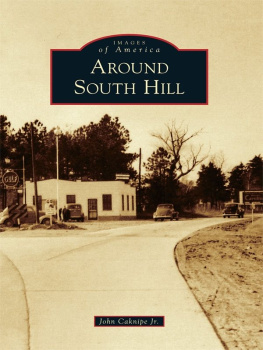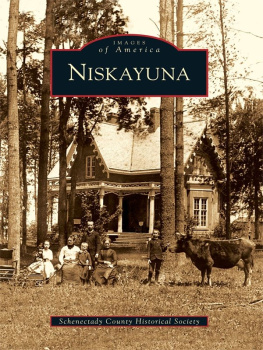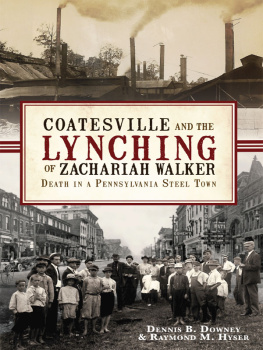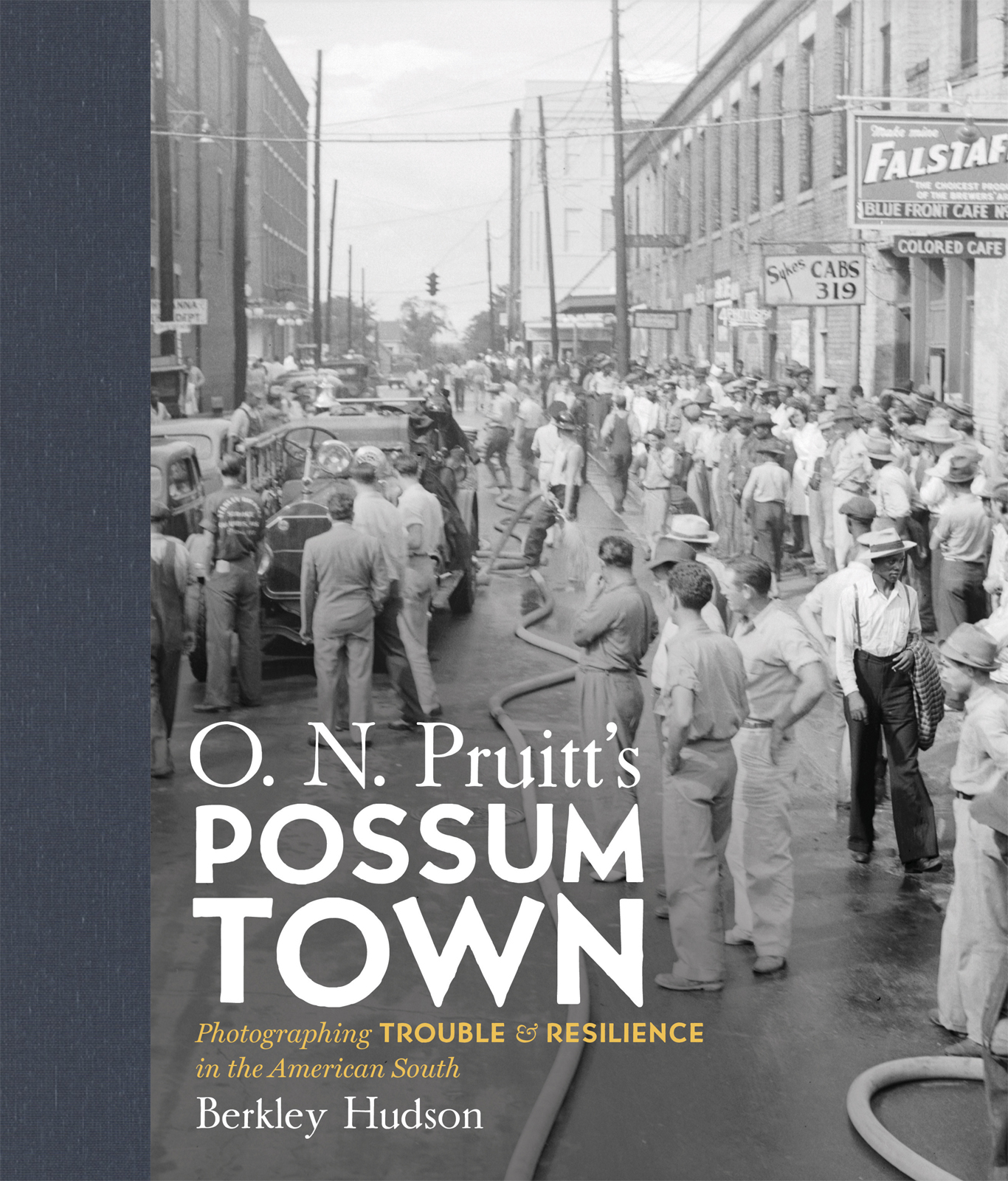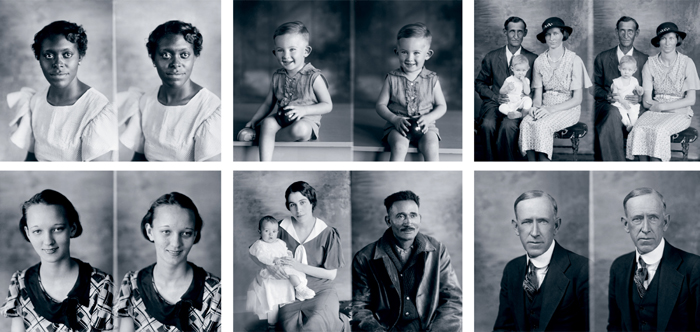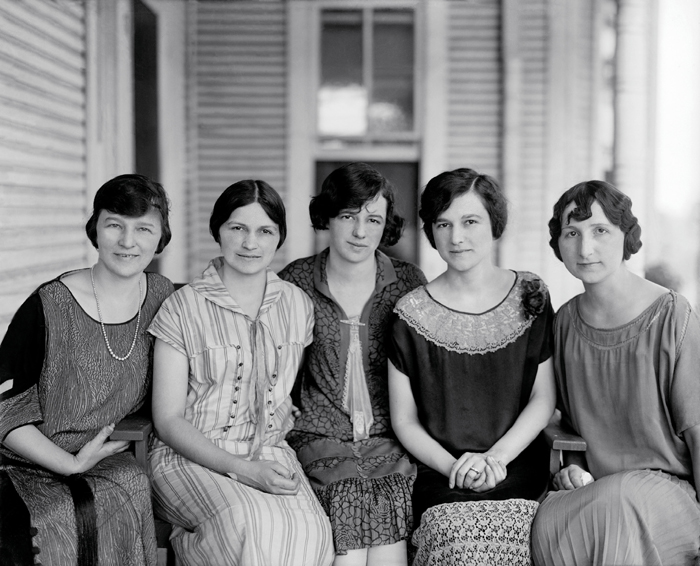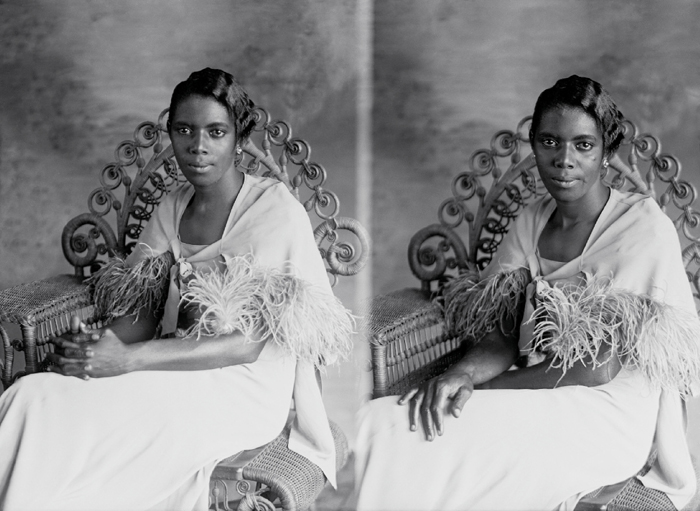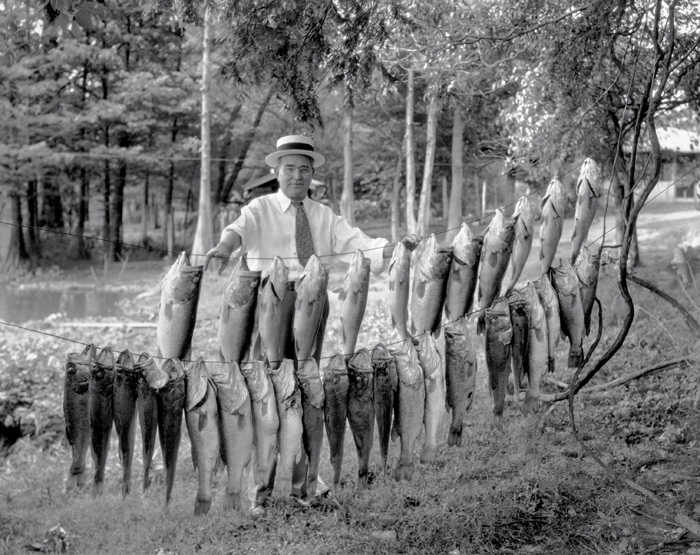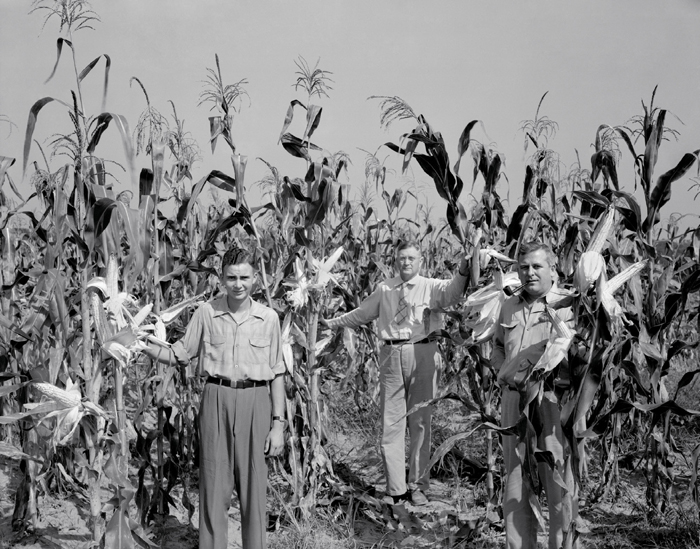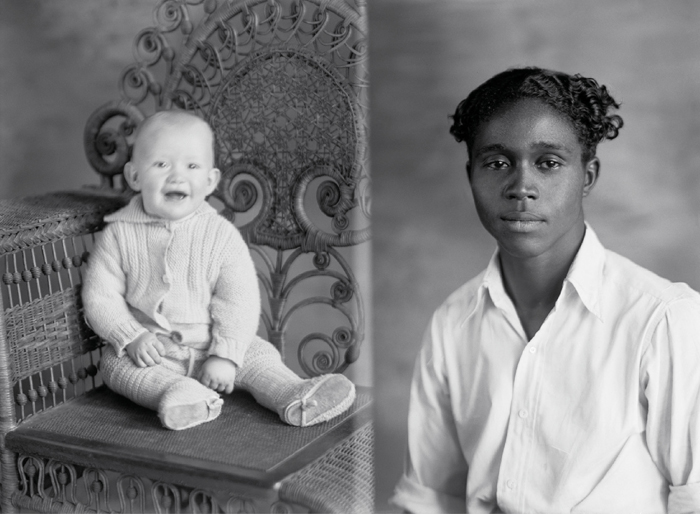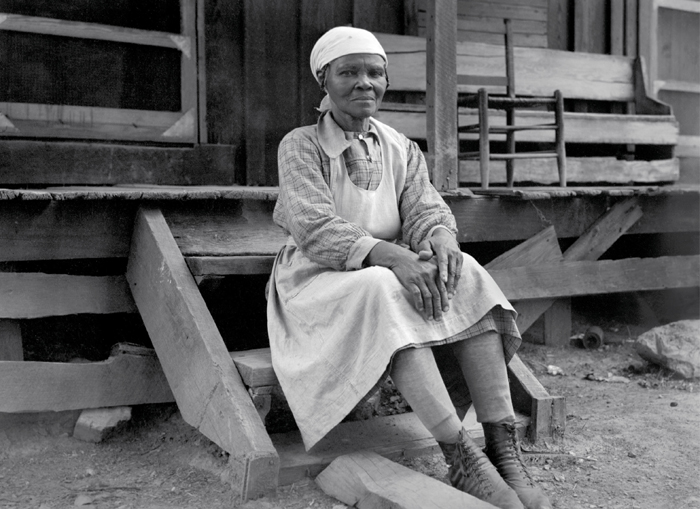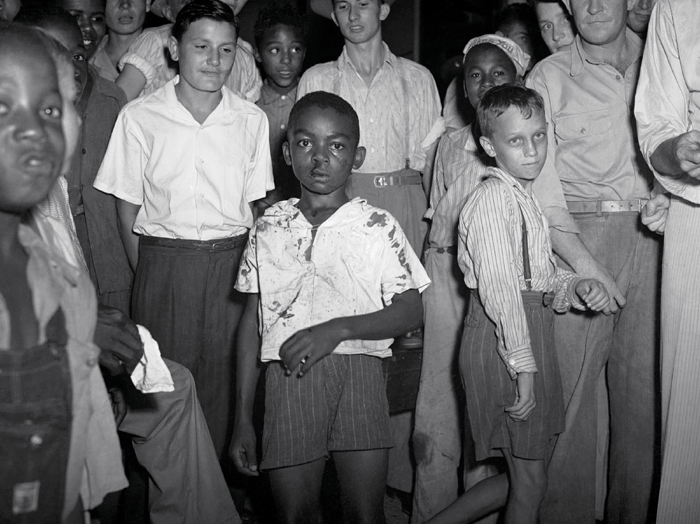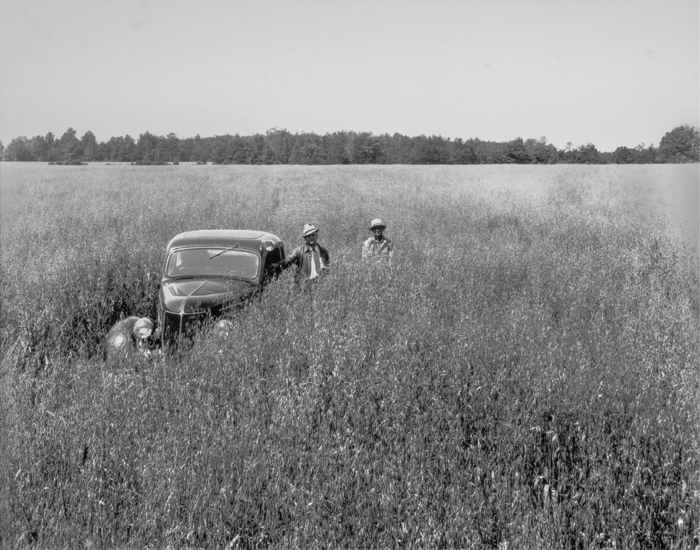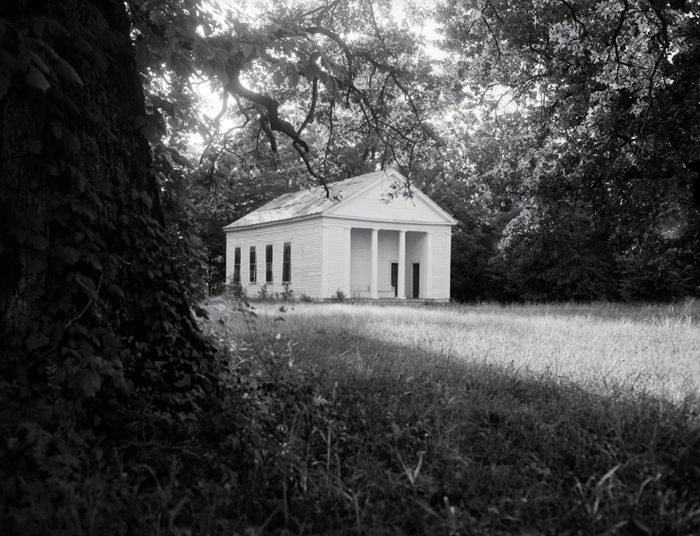O. N. Pruitts POSSUM TOWN
Photographing TROUBLE & RESILIENCE in the American South
Berkley Hudson
Published in association with the Center for Documentary Studies at Duke University by the University of North Carolina Press, Chapel Hill
The Martha and Spencer Love Foundation, as a longtime champion of civil rights, welcomes this books helpful perspective on race relations in the American South.
2022 Berkley Hudson
All rights reserved
Manufactured in Canada
Designed and set by Kim Bryant in Miller and Acie types
The University of North Carolina Press has been a member of the Green Press Initiative since 2003.
Cover illustration courtesy of the Pruitt-Shanks Collection, Southern Historical Collection, Wilson Library, University of North Carolina at Chapel Hill
Library of Congress Cataloging-in-Publication Data
Names: Hudson, Fraser Berkley, author.
Title: O.N. Pruitts Possum Town : photographing trouble and resistance in the American South / Berkley Hudson.
Other titles: Documentary arts and culture.
Description: Chapel Hill : The University of North Carolina Press ; [Durham, North Carolina] : Published in association with the Center for Documentary Studies at Duke University, 2021. | Series: Documentary arts and culture | Includes bibliographical references and index.
Identifiers: LCCN 2021038334 | ISBN 9781469662701 (cloth ; alk. paper) | ISBN 9781469662718 (ebook)
Subjects: LCSH: Pruitt, O. N., 18911967. | Documentary photographyMississippiColumbus. | Photographs as information resources. | PhotographsSocial aspects. | PhotographsPsychological aspects. | PhotographersMississippiColumbusBiography. | Columbus (Miss.)Social life and customsPictorial works. | BISAC: PHOTOGRAPHY / Photoessays & Documentaries | HISTORY / United States / State & Local / South (AL, AR, FL, GA, KY, LA, MS, NC, SC, TN, VA, WV)
Classification: LCC TR820.5 .P73 2021 | DDC 770.9762/973dc23
LC record available at https://lccn.loc.gov/2021038334
DOCUMENTARY ARTS AND CULTURE
Edited by Alexa Dilworth, Wesley Hogan, and Tom Rankin of the Center for Documentary Studies at Duke University
In a time when the tools of the documentary arts have become widely accessible, this series of books, published in association with the Center for Documentary Studies at Duke University, explores and develops the practice of documentary expression. Drawing on the perspectives of artists and writers, this series offers new and important ways to think about learning and doing documentary work while also examining the traditions and practice of documentary art through time.
Center for Documentary Studies at Duke University
documentarystudies.duke.edu
To Pruitts photographic subjects and to their families
And especially to the memory of my parents, Russell Hudson Sr. and Eva Byrd Fraser Hudson, and my brothers, Russell Jr., Don, and Carrollwhose photographs live forever in the archive of Otis Noel Pruitt
SUQUA TOMAHA OR POSSUM TOWN
Original inhabitants of northeast Mississippi, the Choctaw and Chickasaw, called the white settlement located between Luxapalila Creek and Tombigbee River by the name of Suqua Tomaha. This translates as Possum Town, a nickname for Columbus, Mississippi. This early nineteenth-century name derived from the local trading posts wizened-looking manager, Spirus Roach. His face reminded people of a possums.
CONTENTS
EDITORS NOTE
O. N. Pruitts Possum Town: Photographing Trouble and Resilience in the American South embodies the capacity of a single archive to speak powerfully about race, class, historical memory, and the lasting resonance of images. Berkley Hudsons careful, relentless investigations into Pruitts forty years of photographing provide not only a record of the life of a single Mississippi community in the twentieth century but also a window on the long and shifting meaning of photographs through and across time. Pruitts compelling body of work, along with Hudsons associated narratives of Columbus, Mississippi, and the surrounding county, stand as a visual record and expression of wider truths about the cultural history of the American South. There is both privilege and tragedy in this kind of documentary remembrance; ordinary and mundane scenes coexist alongside ones of extraordinary violence. As with other titles in our Documentary Arts and Culture series, this book presents the work of a photographer who was engaged in one locale for an extended period of time and who was deeply familiar with many of the people and places he photographed. While Pruitt was a commercial photographer, often hired to photograph people as they wanted to be seen, he also never went far without a camera, seemingly forever attuned to the possibilities of photographing. Though Pruitt left little articulation of his overall intent, it is through the depth of documentation created by his persistent and layered visionin the studio and beyondthat we witness an unfolding documentary view that speaks to the complexity and multiplicity of voices within O. N. Pruitts photographic vision and archive.



